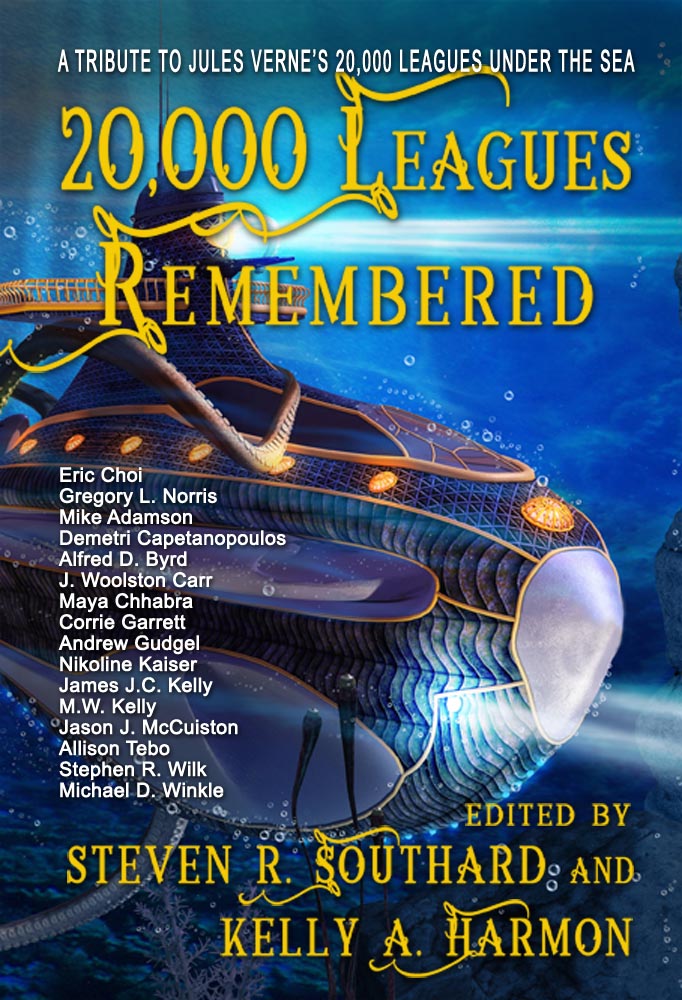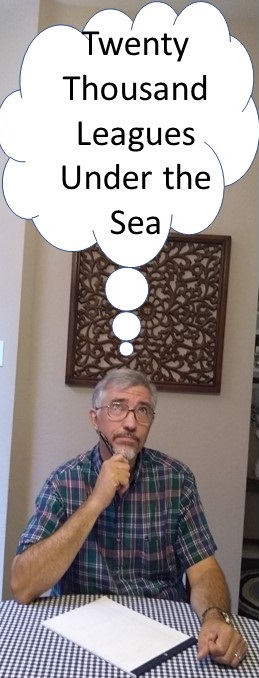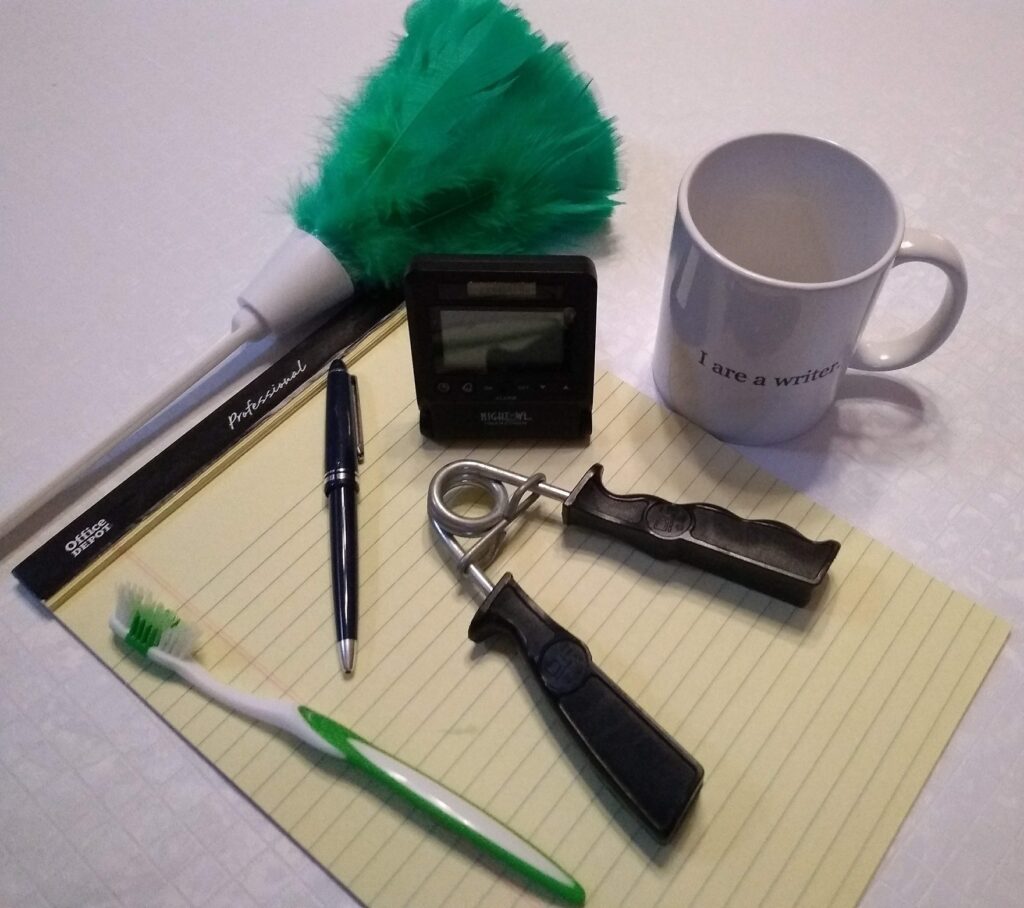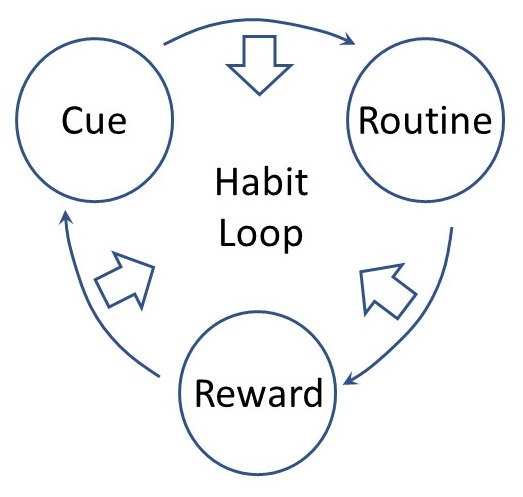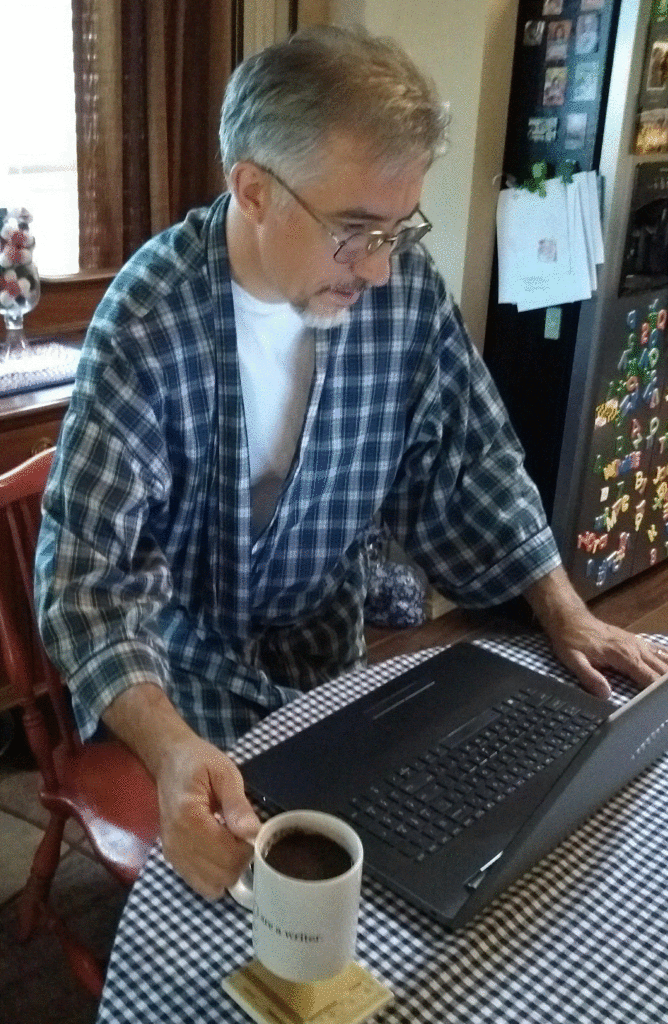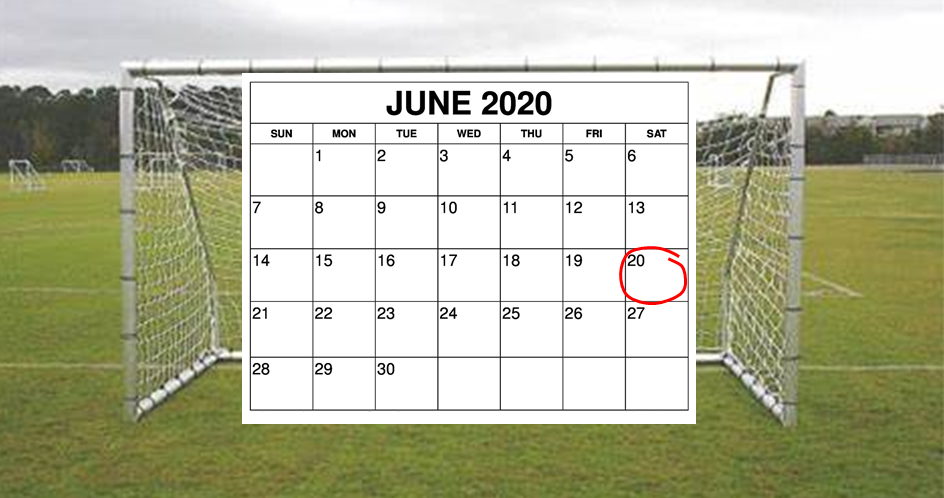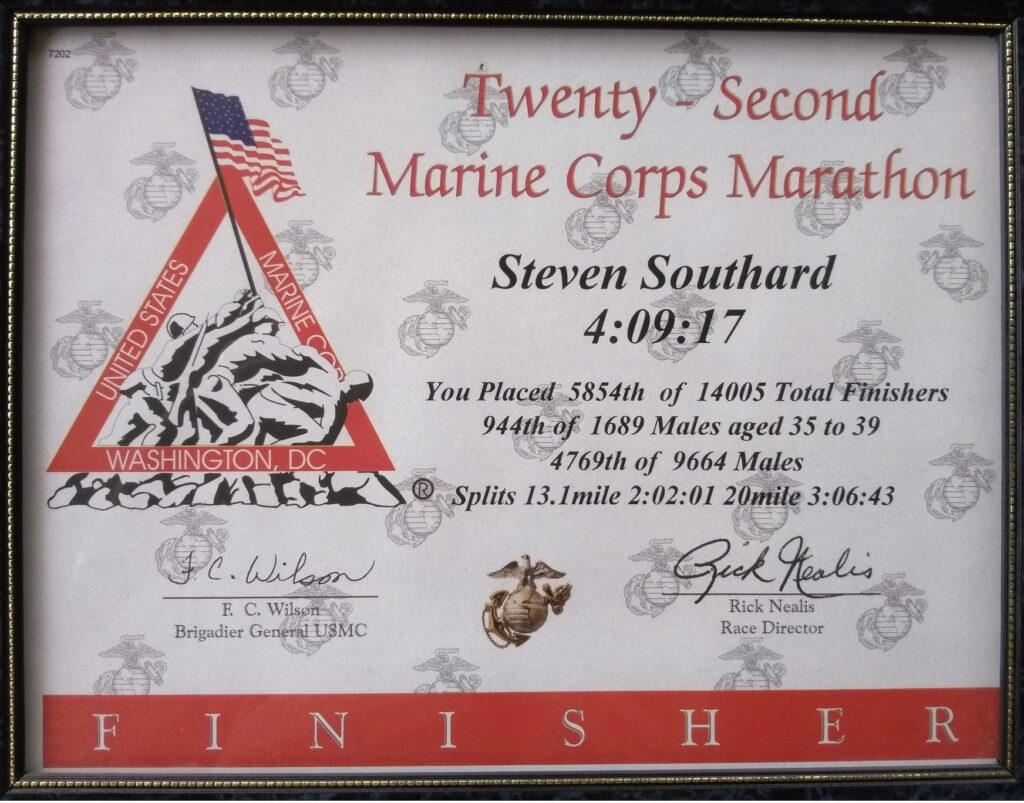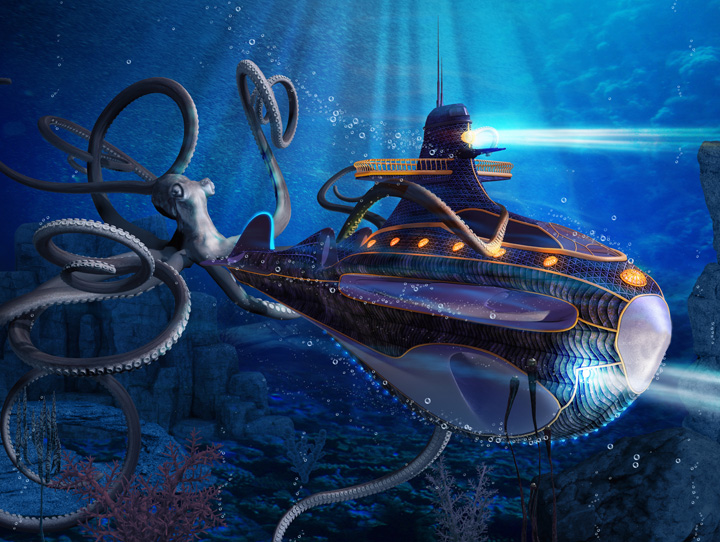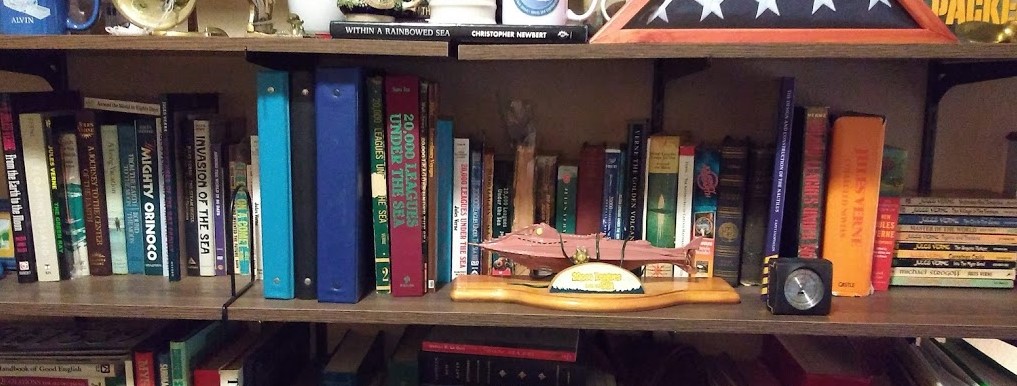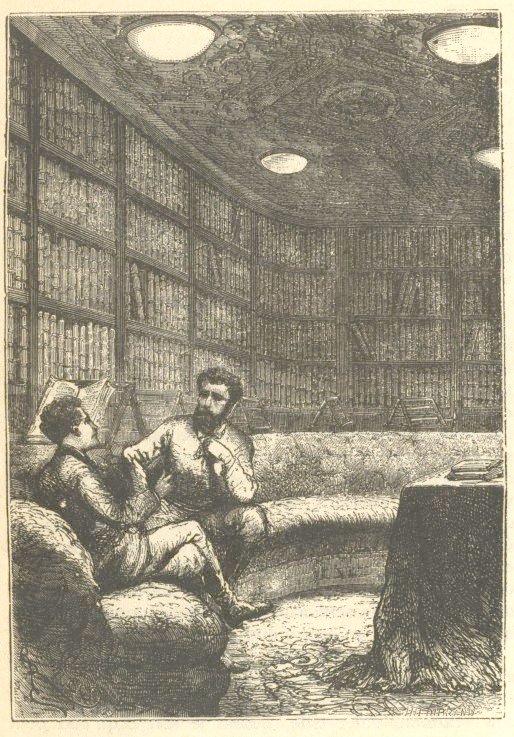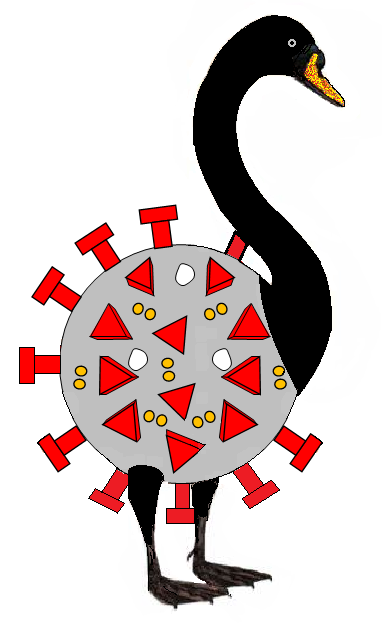We all know Professor Aronnax and his companions traveled 20,000 leagues under the sea in Captain Nemo’s submarine, the Nautilus. Just how deep is that? It turns out, that’s the wrong question.
Let’s set that aside a moment.
You can certainly sense the excitement building—on the web, in the bookstores, and in conversations with everyone you meet. Less than a week to go, now, until the launch of the new anthology 20,000 Leagues Remembered. On Saturday, June 20, you can celebrate the 150th anniversary of the marvelous Verne novel. Remembered is a brand-new collection of stories by modern authors, each tale inspired by Jules Verne’s masterpiece. Pre-order it here.
Back to our question. What, exactly, is a league? Like most obsolete units of measurement, there is no precise answer. It dates from ancient Rome, when the leuga meant about 7500 pedes (Roman feet), or about 1.4 of our statue miles.
According to Wikipedia, the league has taken on a wide variety of lengths over the millennia. It ranged from the Roman length of 1.4 miles all the way to the Norwegian league of 11.3 miles.
That doesn’t help us much. Maybe the better question is, what did Jules Verne think a league was? Even in his time, the unit was falling out of favor. It had taken on a vague, almost poetic meaning. At one syllable, it rolled off the tongue much easier than ‘kilometer’ did.
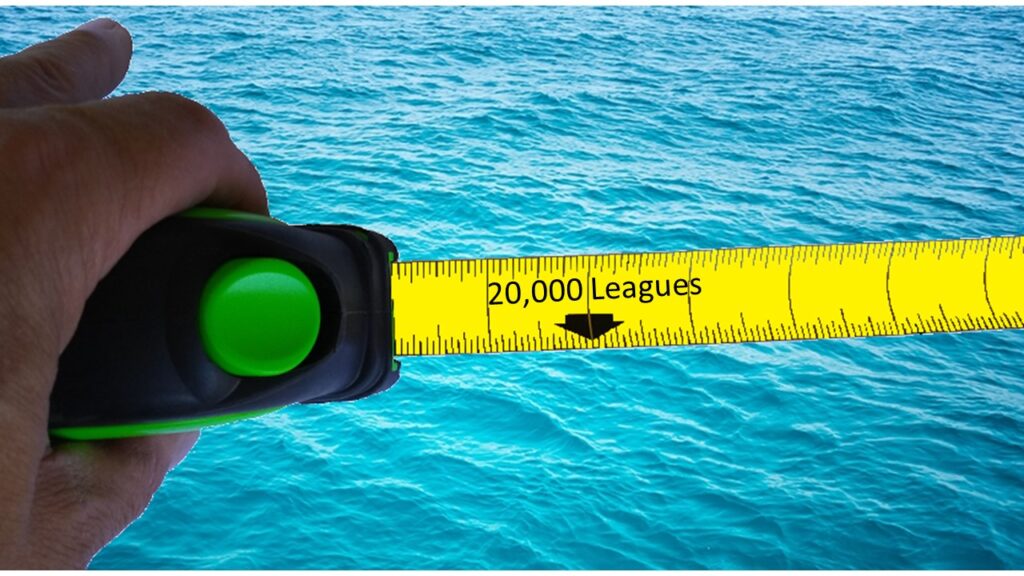
According to the annotated Twenty Thousand Leagues Under the Sea, translated by Walter James Miller and Frederick Paul Walter, Verne used a league of 2.16 nautical miles, or 2.49 statute miles.
So, 20,000 of Verne’s leagues would be nearly 50,000 miles. The deepest known spot in any ocean is Challenger Deep in the Mariana Trench, with a depth of 6.79 standard miles or 3.14 leagues.
Let’s say we stay in Verne’s fictional world. In the chapter titled “The Sargasso Sea,” the Nautilus reached a depth of 16,000 meters, which Verne translated as 4 vertical leagues.
Even if the ocean stretched all the way to Earth’s center, it could only be about 3,963 miles, or 1,592 leagues deep.
Clearly, Verne intended that the Nautilus travel 20,000 leagues horizontally in its path through the oceans. Verne later wrote a novel titled La Jangada – Huit Cents lieues sur l’Amazone, or Eight Hundred Leagues on the Amazon. Nobody would expect anyone to travel 800 leagues downward in a river.
For a humorous treatment of the question, we can turn to the TV show Saturday Night Live. They ran a skit, and I believe it was in Season 19, Episode 17, which originally aired on April 9, 1994. It satirized the 1954 Disney movie (then 4 decades old), and had Kelsey Grammer as Captain Nemo, Phil Harman as Ned Land, Mike Myers as Professor Aronnax, and Rob Schneider as Conseil. Here’s the transcript, and here’s a partial video clip.
The next time someone asks you how deep a league is, you have a good answer. Or, you can simply refer them to—
Poseidon’s Scribe

